Every summer I look forward to the explosion of color and fragrance in my garden, courtesy of the many flowers I grow in borders and interplant in my vegetable beds. But summer blooms don’t last forever—sooner or later, the flowers will fade and leave you with papery brown shells of what they once were.
This doesn’t have to be the end of your flowers, however. You can keep them going from spring through fall with one quick and simple task: deadheading.
Deadheading is just as it sounds: removing the dead or wilted flowers from a plant. Doing this encourages a new flush of flowers and helps your plants look their best.
While not every type of flower will rebloom, many can and will, with a little help from you!
Why deadheading matters
Flowers only exist (in a botanical sense) to produce seeds and spawn the next generation of flowers. By spreading their seed far and wide, they ensure the survival of their species.
But making seeds takes a lot of energy—energy that would otherwise go to making more flowers—so plants don’t have it in them to bloom again. Seed production also sends a message to plants that their job is done for the season.

For annuals, this means their life cycle has come to an end, and they’ll start to die as soon as their seeds mature. For perennials, they’ll bloom in spring or summer for a few weeks, but not have a repeat show for the rest of the growing season.
So how can you “trick” them into blooming once more? By deadheading!
It interrupts the plant’s process of setting seed, so it keeps trying, pumping out flower after flower! This focuses the plant’s energy on producing flowers instead of seeds, as it thinks it hasn’t yet fulfilled its purpose in life.
Use the right technique
Deadheading is as simple as cutting off spent flowers with scissors or pruners as you come across them. Sometimes, you can even pinch off small blooms with your fingers.
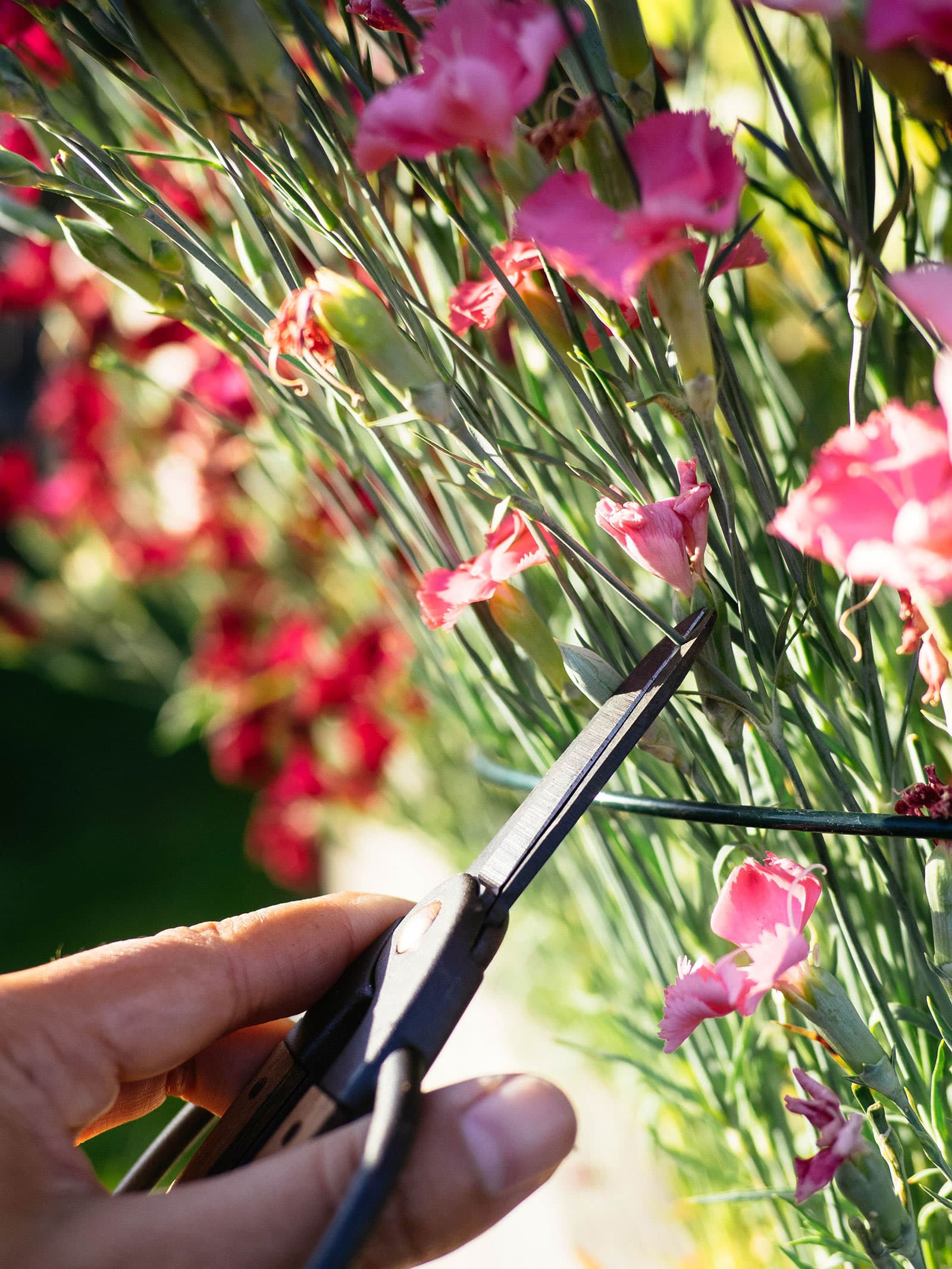
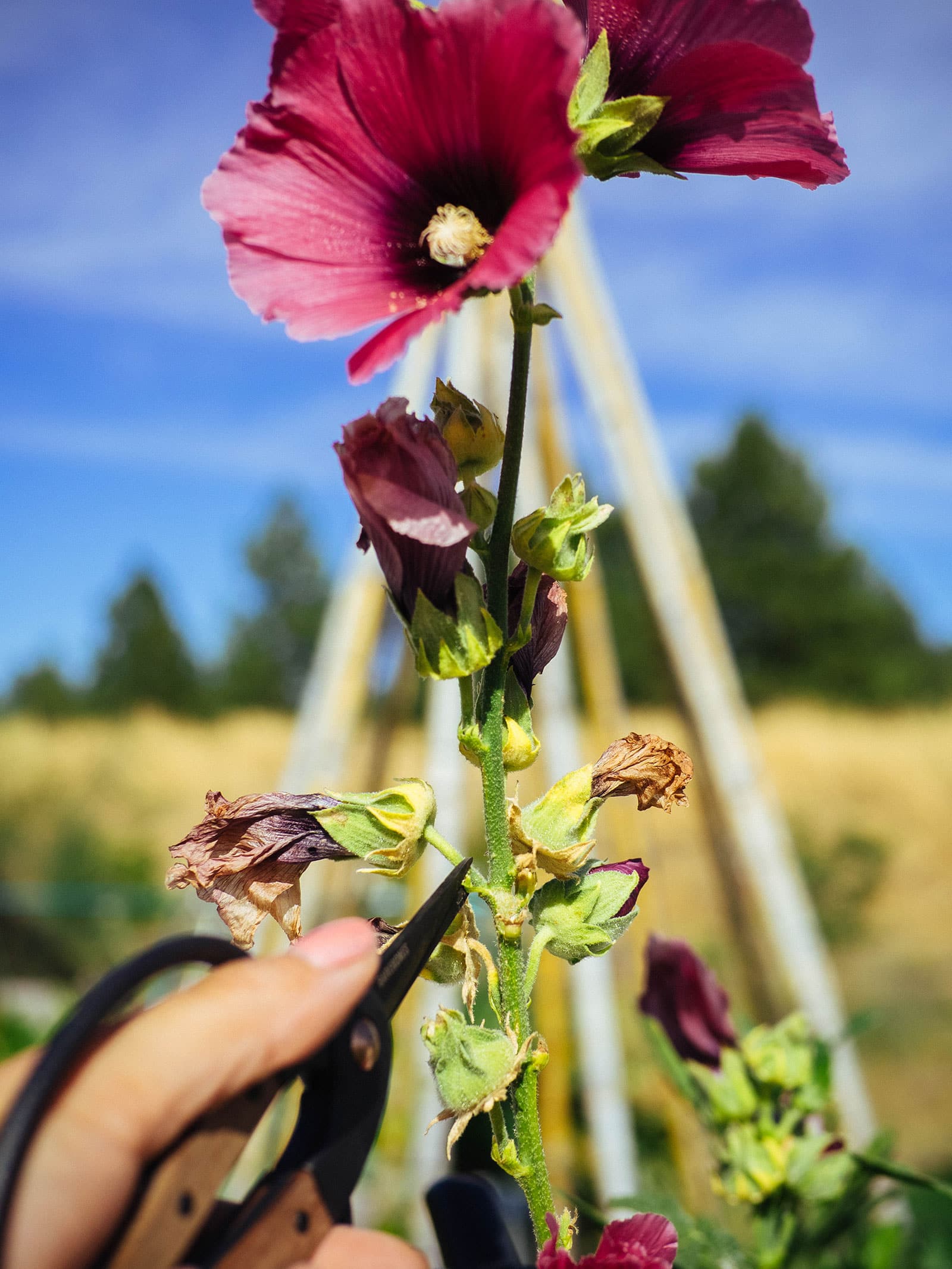
For best results, cut back the stem to its strongest growing point. This won’t always be the next set of leaves below the spent blossom. Sometimes it’s deeper in the crown of the plant; look closely for unopened buds or new healthy leaves emerging from the stem, and cut just above that point.
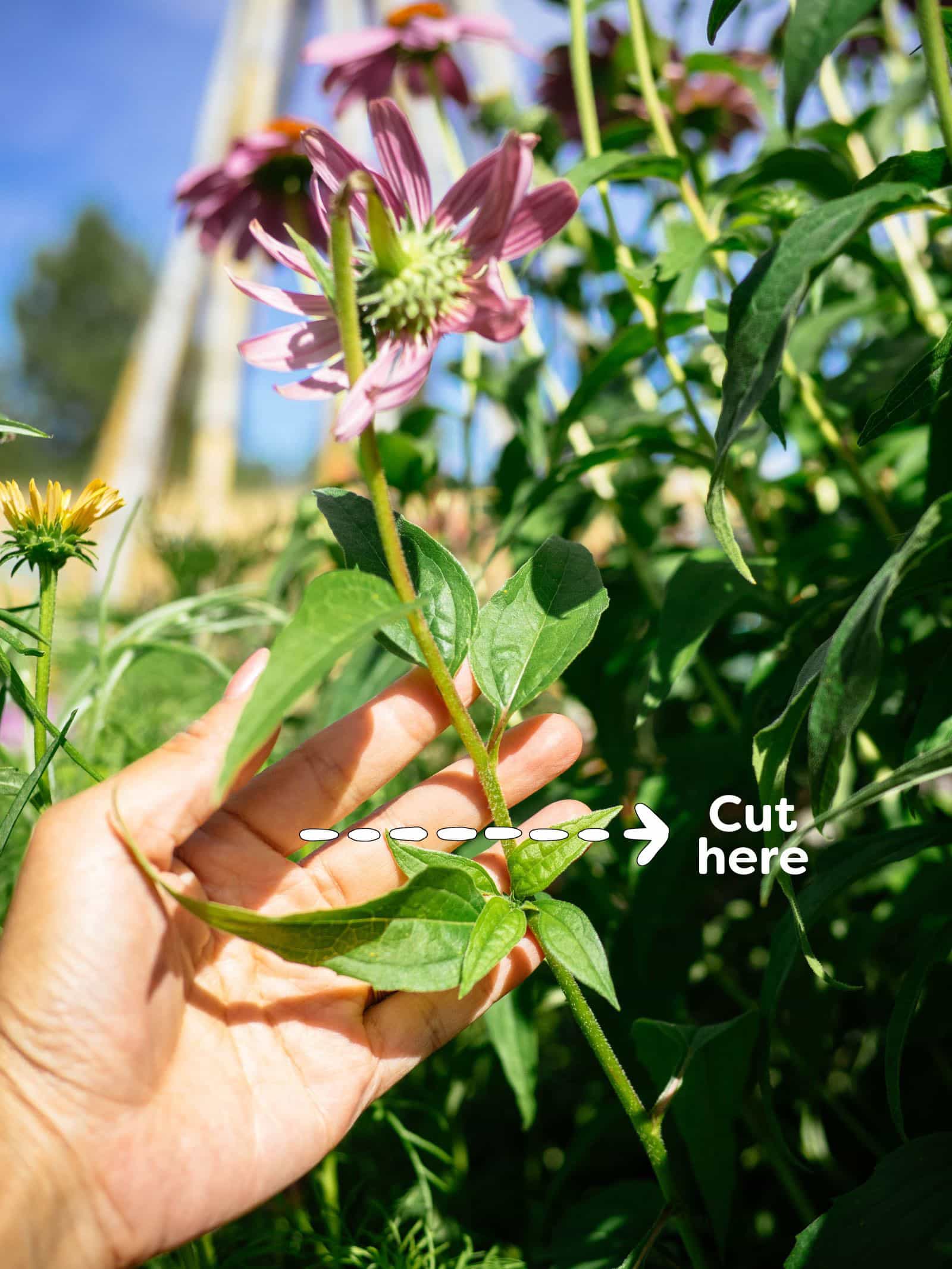
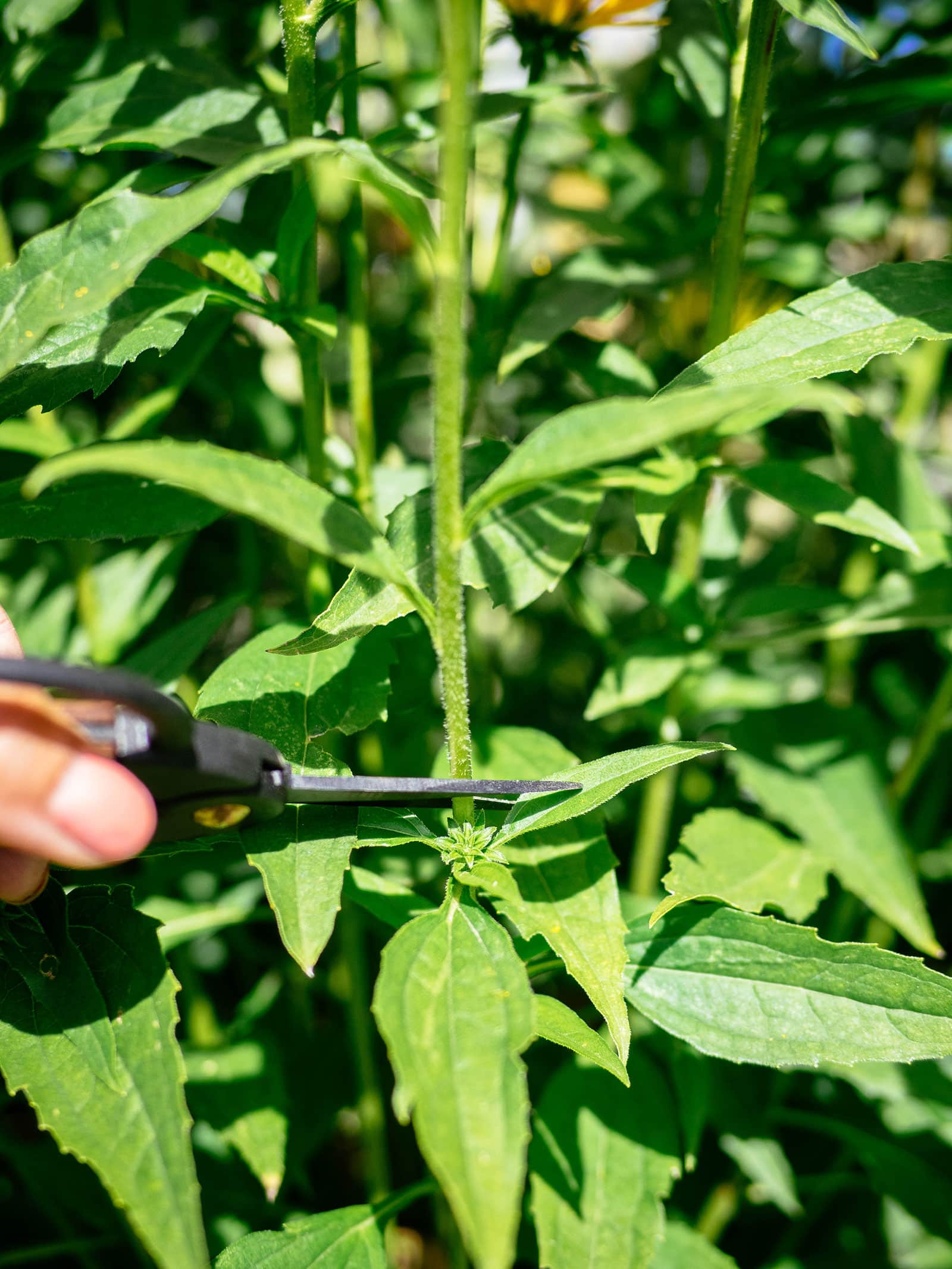
On plants with daisy-shaped flowers (such as rudbeckia and echinacea), it usually looks better if you also cut some of the stem below the faded flower. I suggest trimming back to a thicker main stem (where new buds or leaves are probably forming). This helps avoid the multi-headed “decapitated” look where you’re only left with bare stems on top.
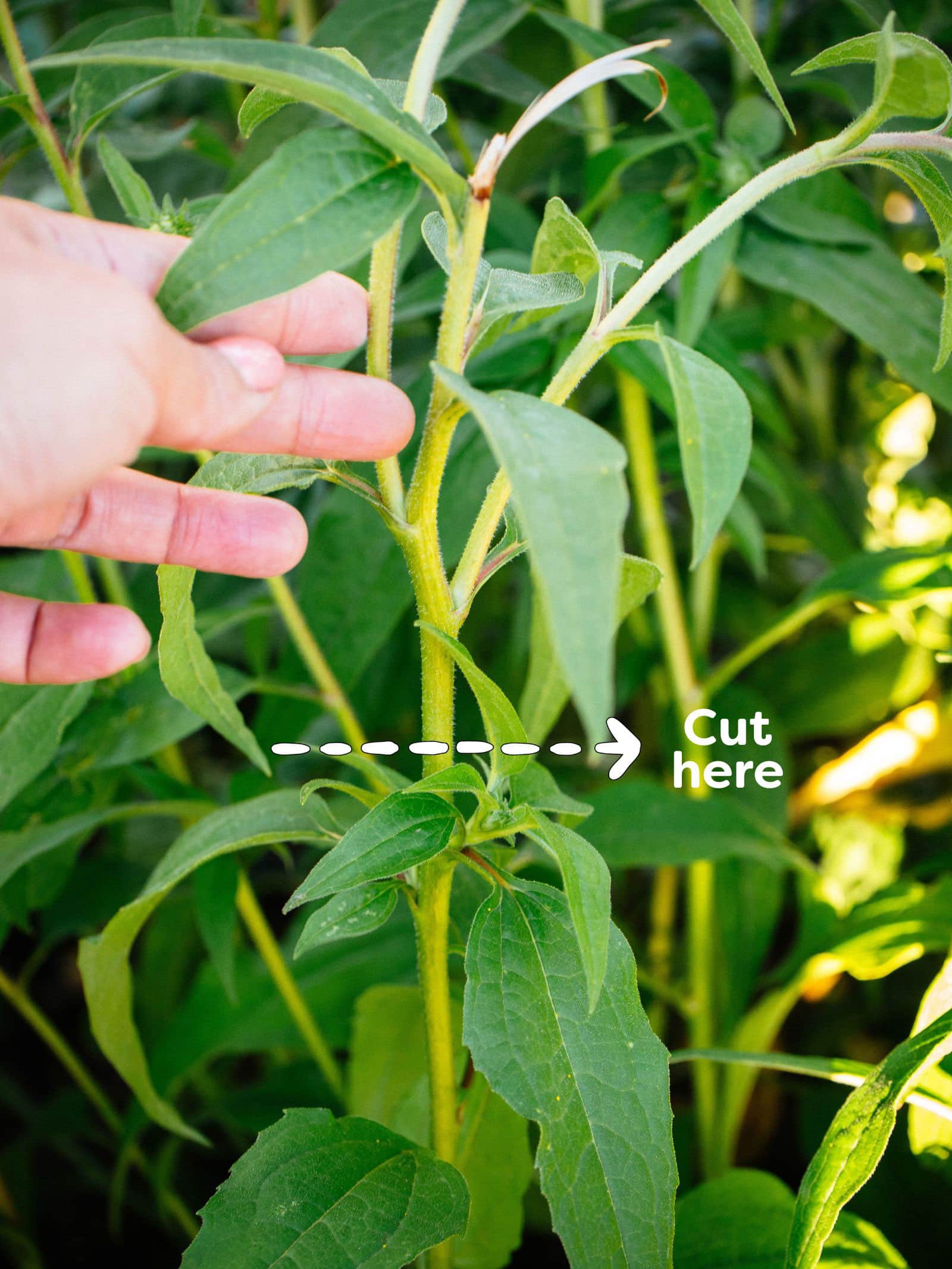
Must-have tool
My favorite garden scissors
I like these simple scissors for most light pruning tasks, such as snipping stems and deadheading flowers.
While deadheading is most commonly associated with annuals, many perennials benefit from more aggressive pruning to remove older leaves, reshape scraggly mounds, and channel energy to new growth.
Related: How to prune perennial herbs for faster and fuller growth
With dianthus, for example, I cut back stems by one-third to one-half once the first big flush of flowers is done. I tend to focus on the really long, leggy stems or stragglers. This keeps the plant compact and improves its overall fullness so it doesn’t get too top-heavy, encourages more branching, and stimulates a second wave of blooms.
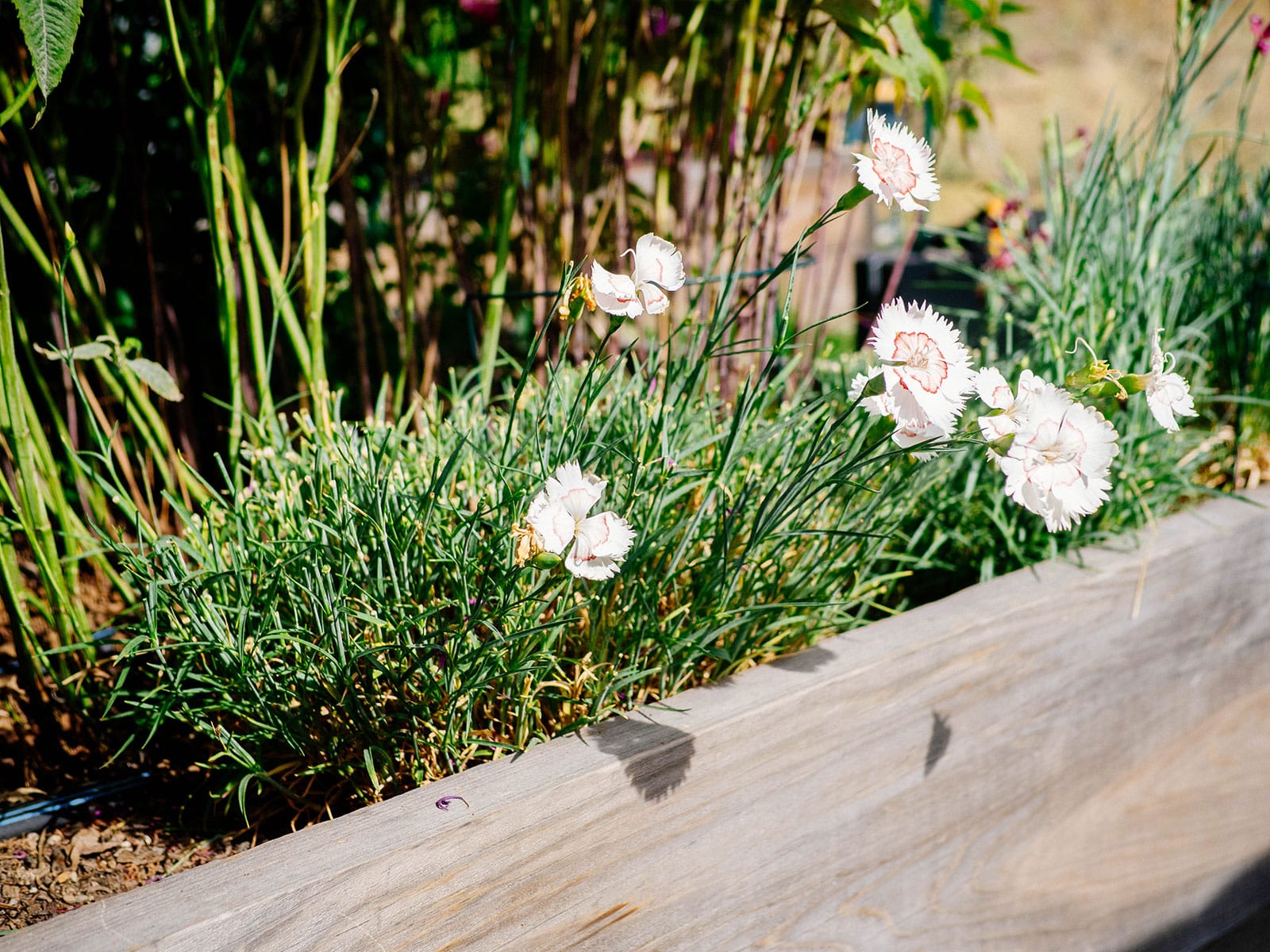
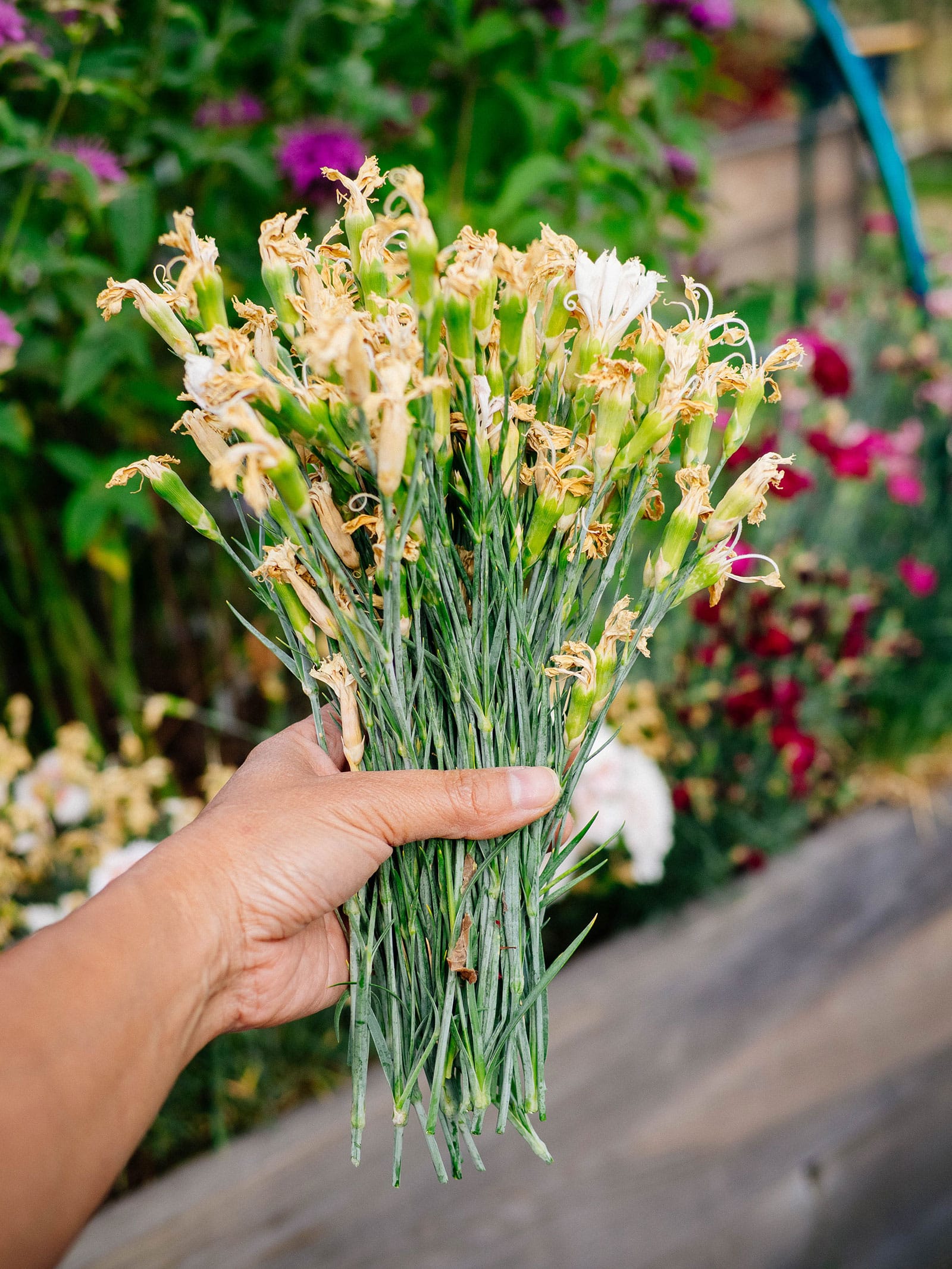
With other perennials, such as astilbe, delphinium, Jacob’s ladder, and lady’s mantle, you can cut the entire flower stalk down to the ground once it starts to form seeds. This helps the plant refocus energy on producing new shoots.
Start with the best bloomers
Not every plant needs deadheading. Some of the modern cultivars are bred to be “self-cleaning,” so their old blooms drop off naturally.
But most annuals benefit from this task and will bloom continuously until the end of the season. The best ones to focus on include zinnias, cosmos, calendula, poppies, roses, feverfew, bachelor buttons, and sweet peas, which are all fast bloomers and will keep producing new flowers if you keep removing old ones.
Quick tip
Be careful not to remove the new buds; it’s easy to clip off future flowers if you’re not paying attention.
Perennials that will rebloom
Certain perennials keep flowering after their haircuts, giving you a longer bloom period. The plants may rebloom in flushes after a few weeks, or give you sporadic new flowers through the end of the season.
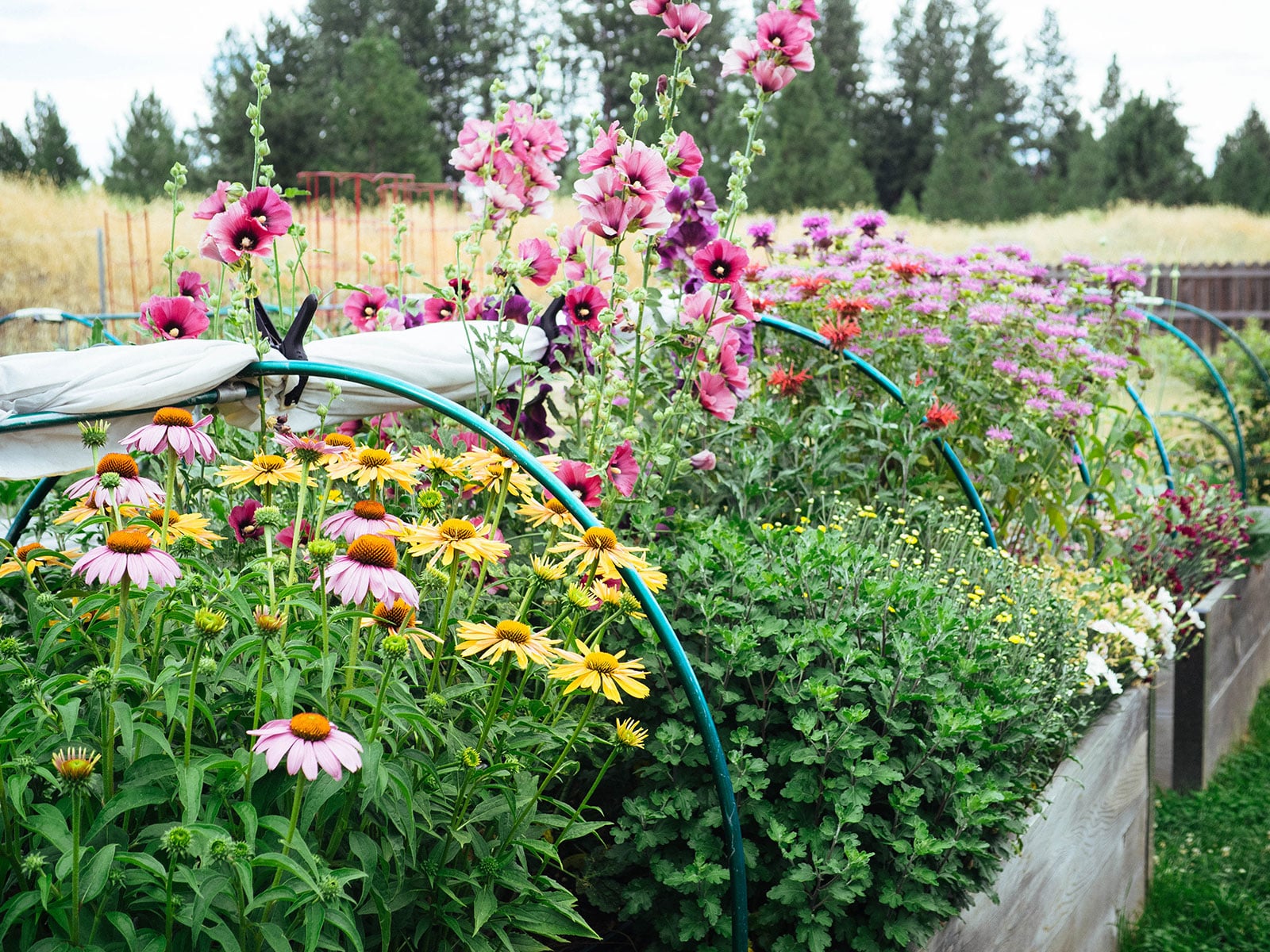
Some of my favorite rebloomers include:
- Alyssum
- Bee balm
- Butterfly weed
- Columbine
- Coral bells
- Coreopsis
- Daisies
- Daylilies
- Delphinium
- Dianthus
- Echinacea
- Foxglove
- Hardy geraniums
- Hibiscus
- Gaillardia
- Hollyhocks
- Hyssop
- Irises
- Lavender
- Liatris
- Lilies
- Penstemon
- Phlox
- Roses
- Rudbeckia
- Salvia
- Speedwell
- Veronica
- Violas
- Yarrow
Stick to a weekly routine
So how often should you deadhead?
I like to keep a weekly rhythm so I don’t get overwhelmed with too many pruning tasks at once. I make it a part of my leisurely garden stroll, snipping off spent blossoms here and there for 10 to 15 minutes before moving on to the next project. This also helps me catch things before they go to seed and keeps my garden beds looking neater.
When you should NOT deadhead
While deadheading makes for a cleaner appearance overall and helps reduce fungal diseases, in some instances you might not want to remove the spent blooms. Perhaps you want to collect seeds, or you love the idea of leaving natural bird feeders up in the yard!
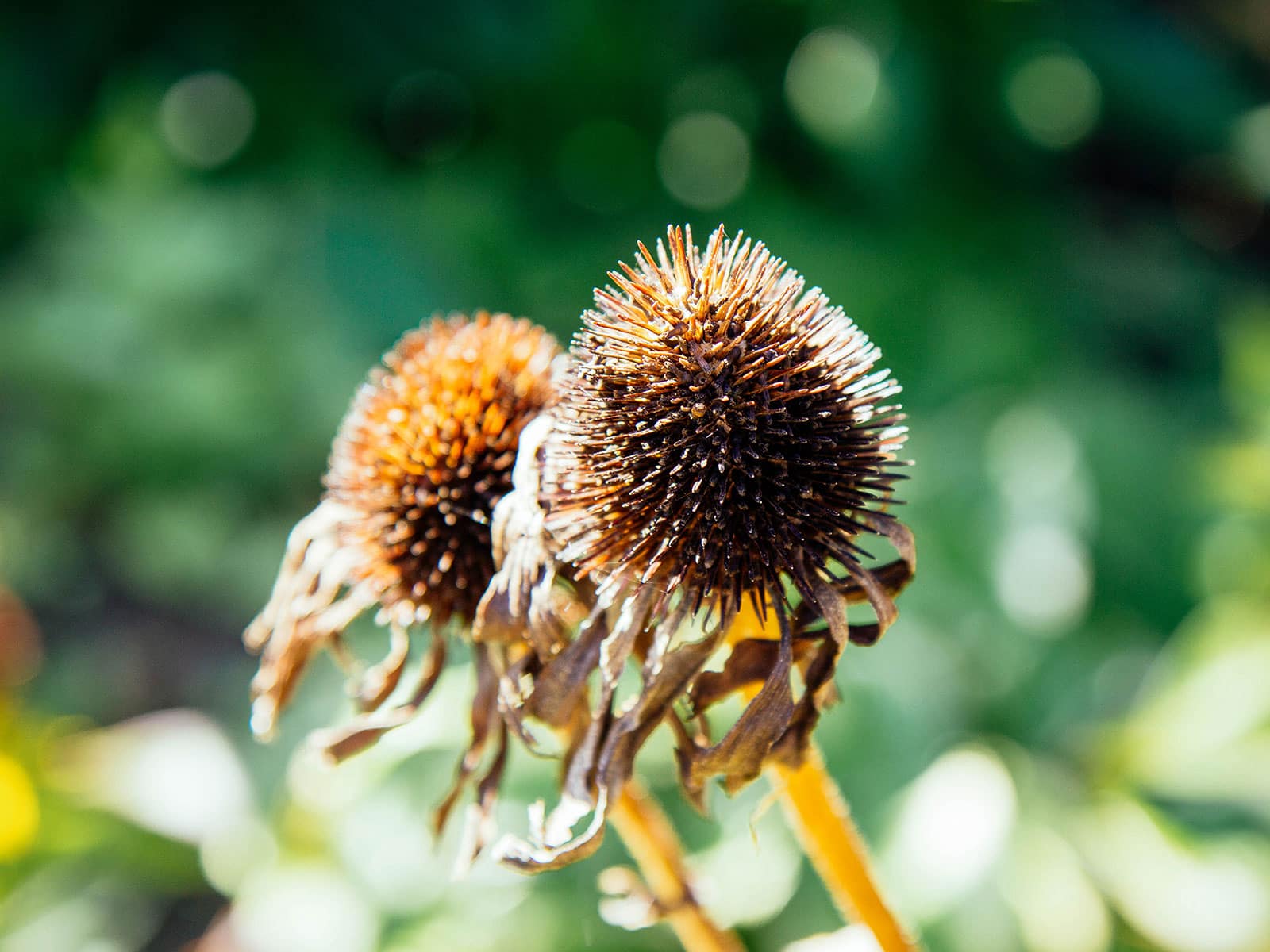
Some seed heads (such as those on globe thistles and echinacea) also look great on their own, especially with a little frost on them. I’ve actually collected dried globe thistle heads to use in holiday centerpieces!
- Reseeding: Leave the flowers if you want to collect seeds, or let the seeds drop naturally to encourage volunteers to self-sow next year. If you want the best of both worlds, deadhead flowers after the first flush of blooms, then let the second round of blooms go to seed.
- Food for wildlife: Let the seed pods form on your flowers, and you’ll likely find birds picking at them on chilly mornings when few other food sources are around. This is one reason I often postpone fall cleanup chores until spring.
- Fall and winter beauty: Long after their flowers fade, some summer flowers continue to add beauty as the garden and season changes. Dried hydrangeas, for example, look charming in a landscape and can be collected for dried floral arrangements. Dried alliums, with their ornamental seed balls on tall leafless stems, add structure and interest when they’re left standing.


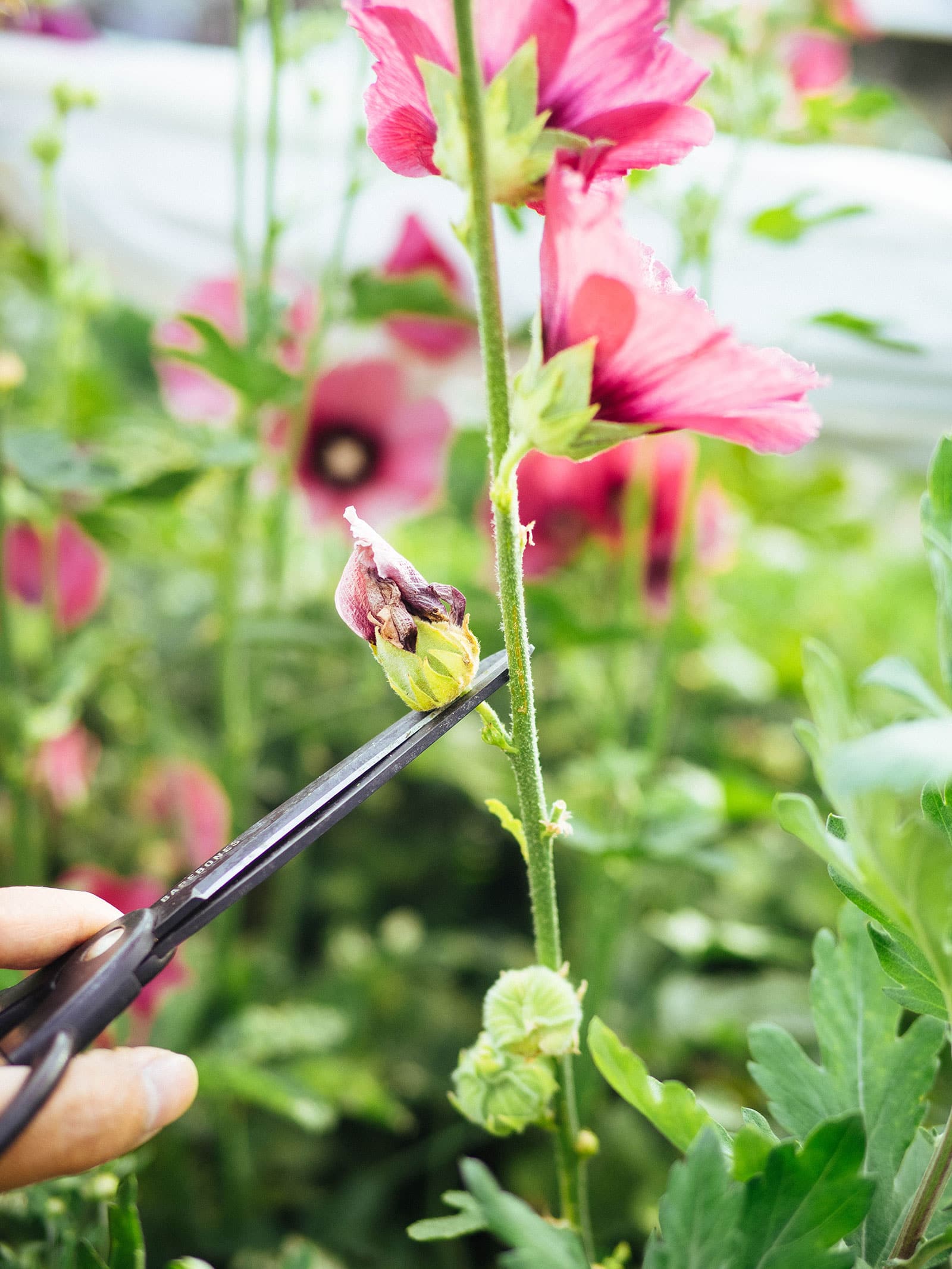
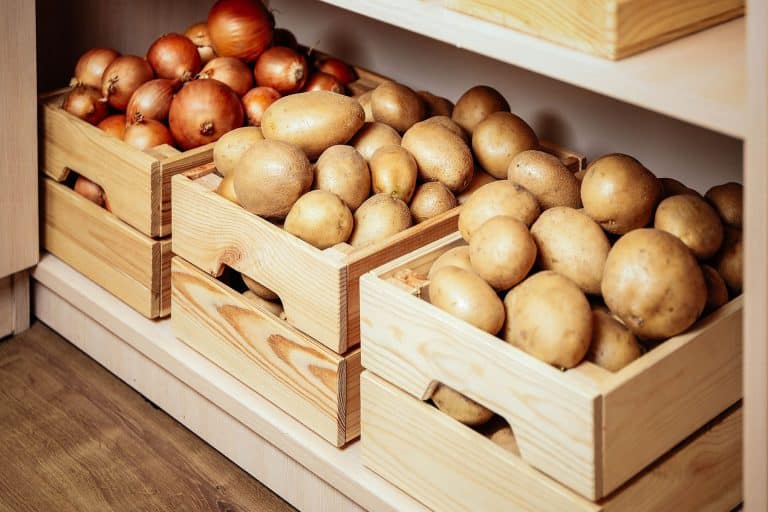
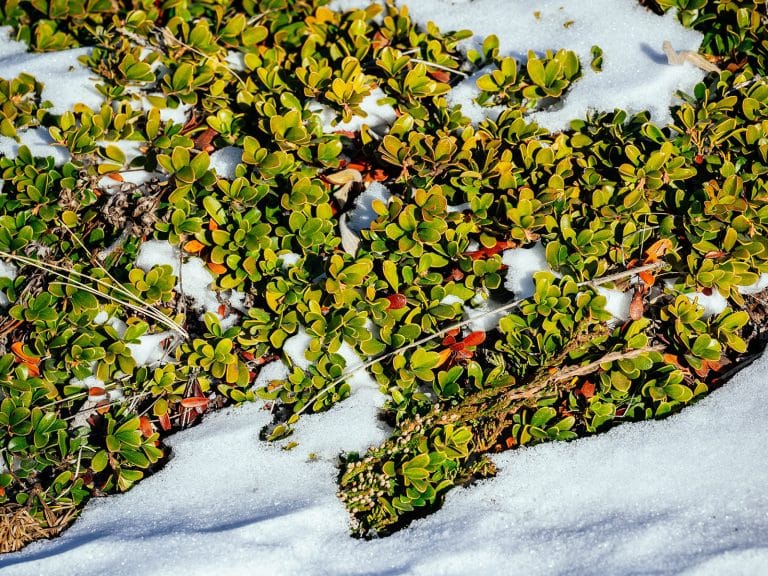
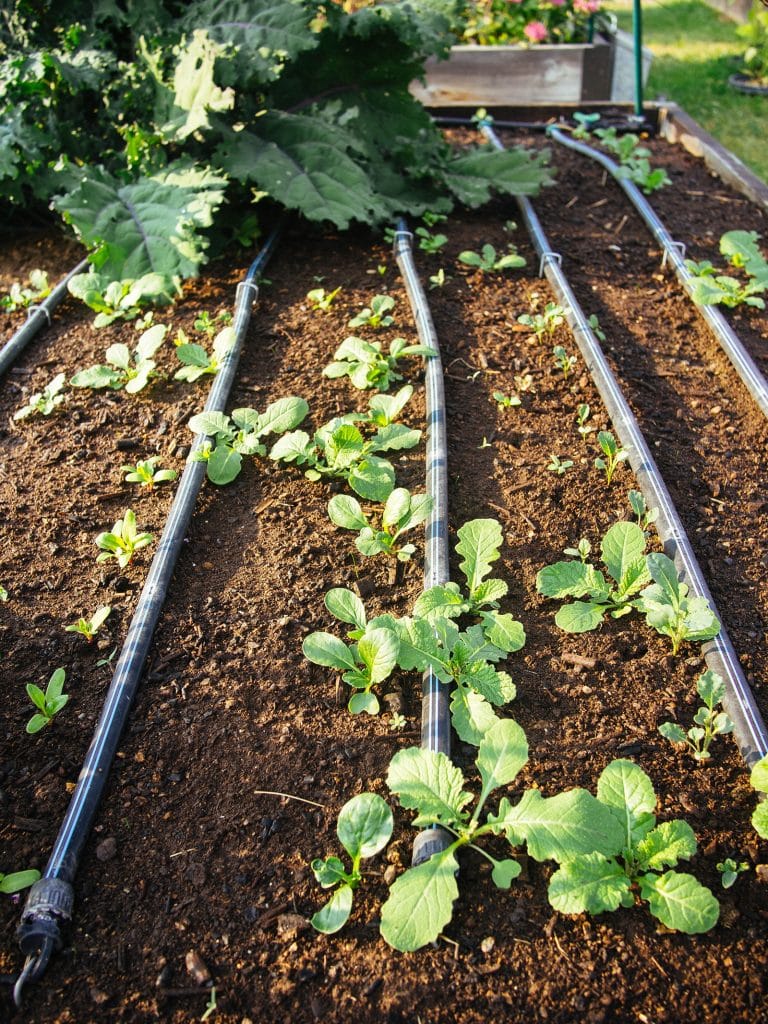
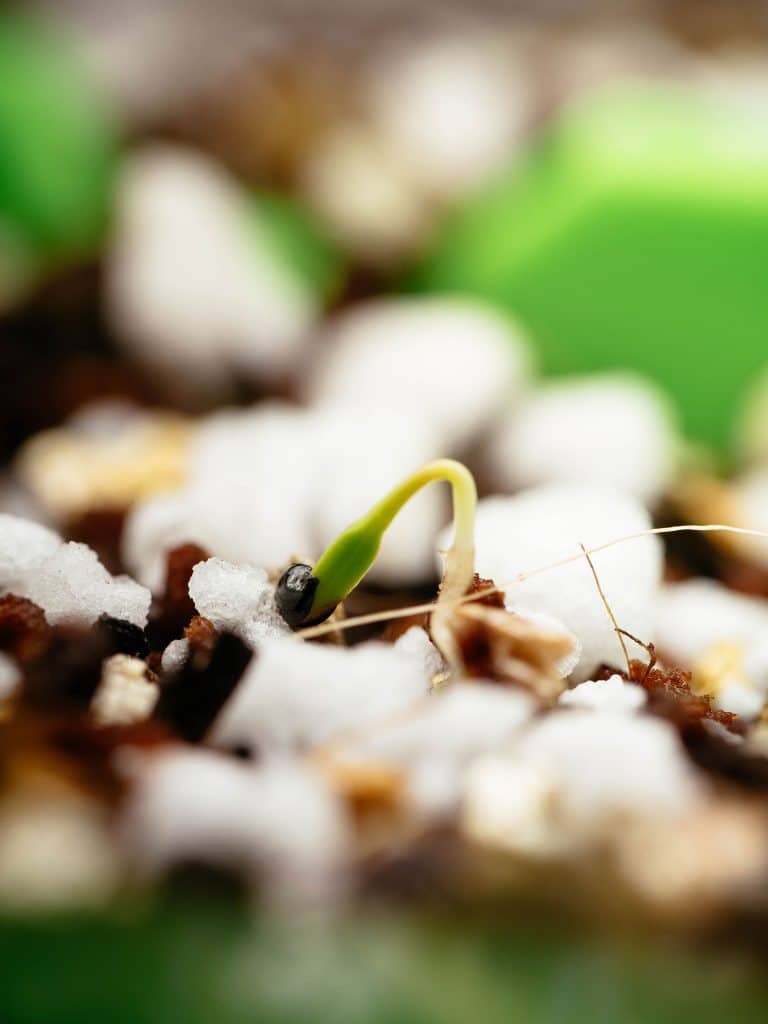


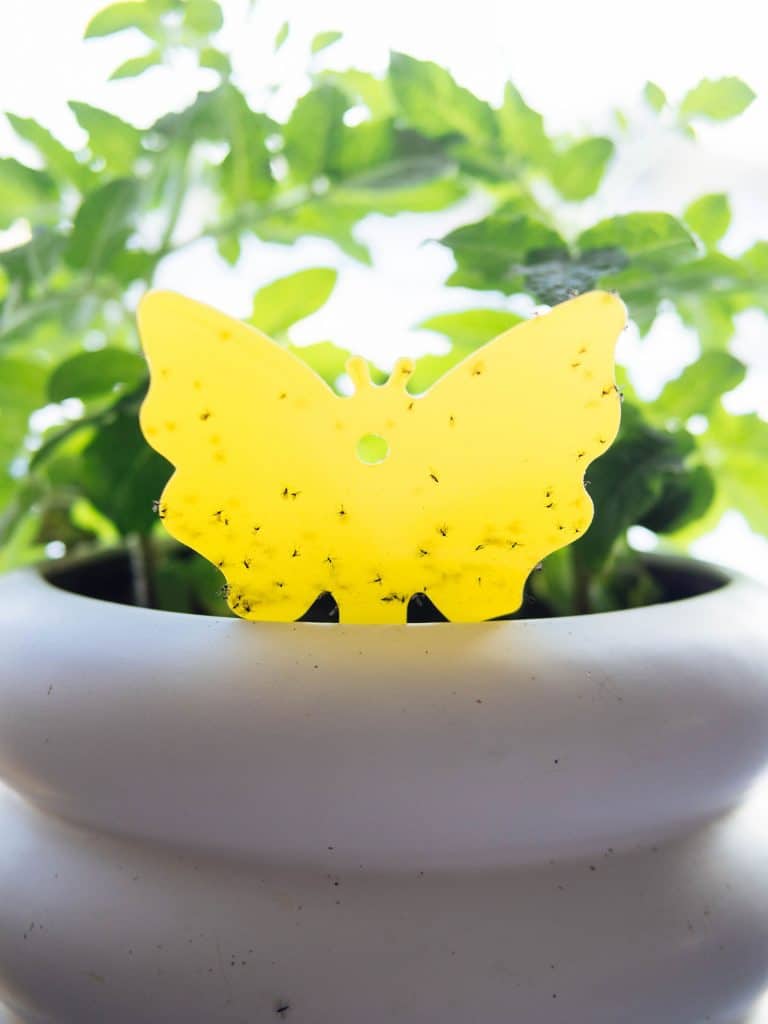
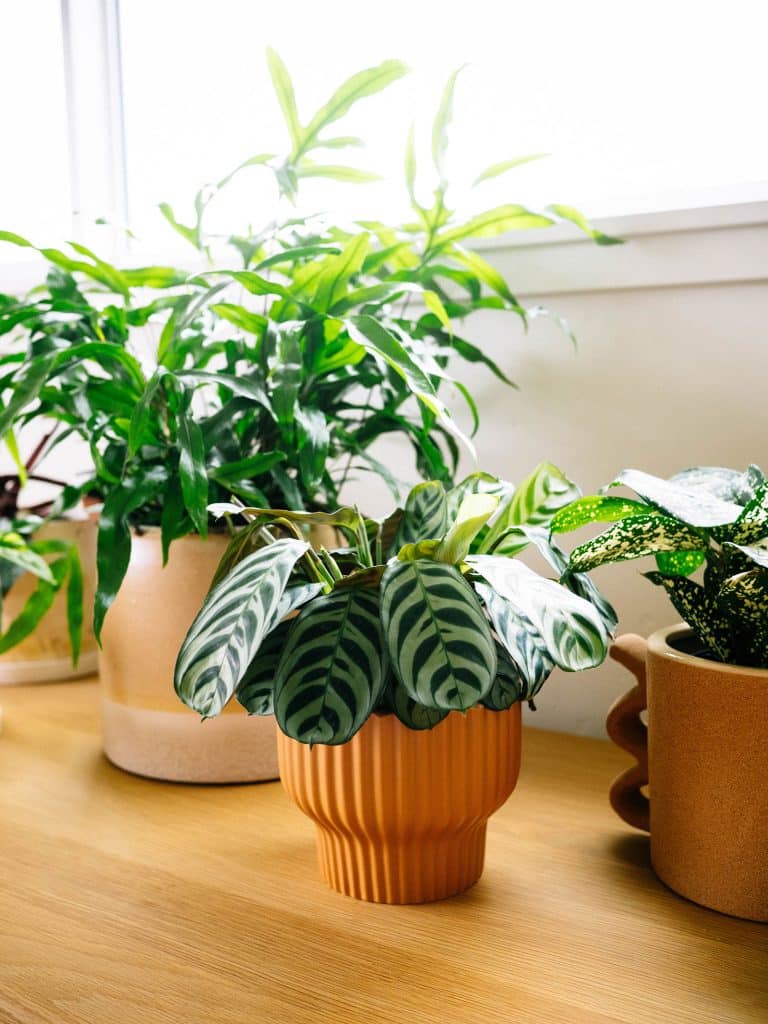
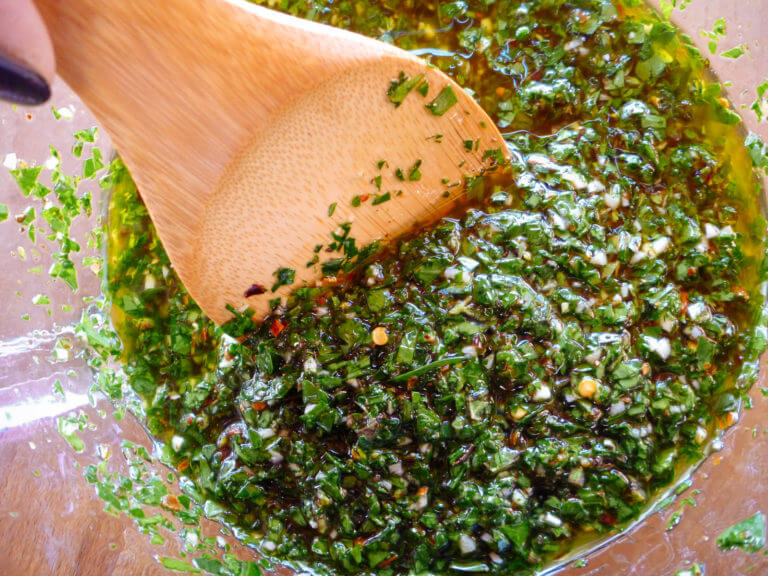

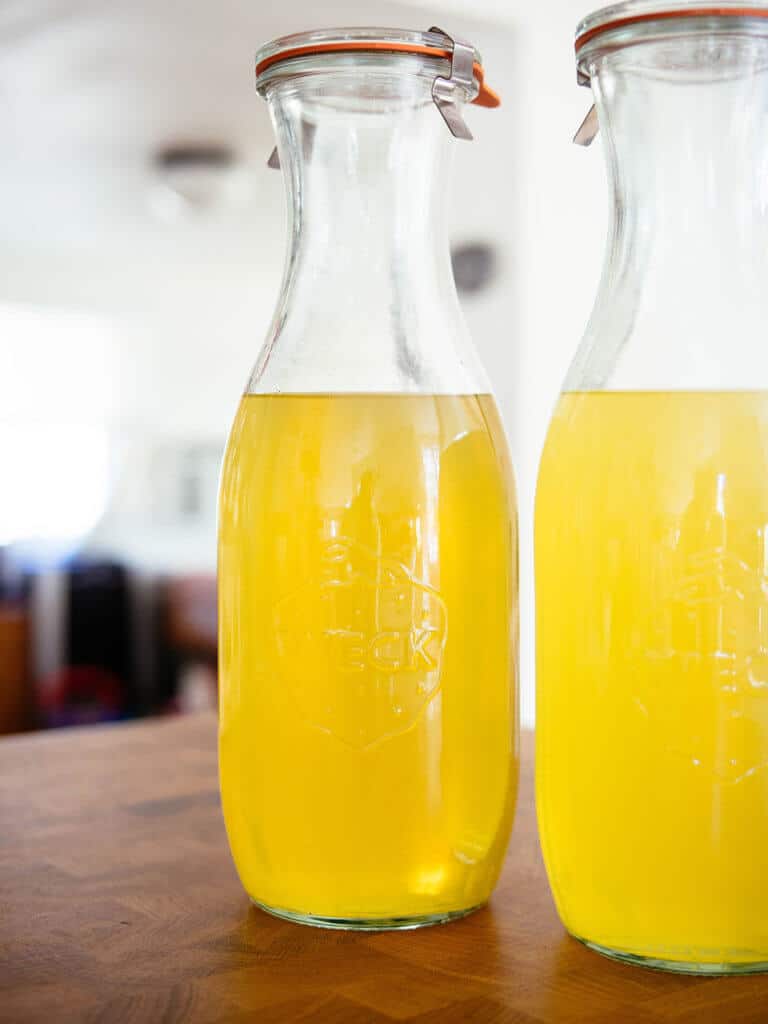
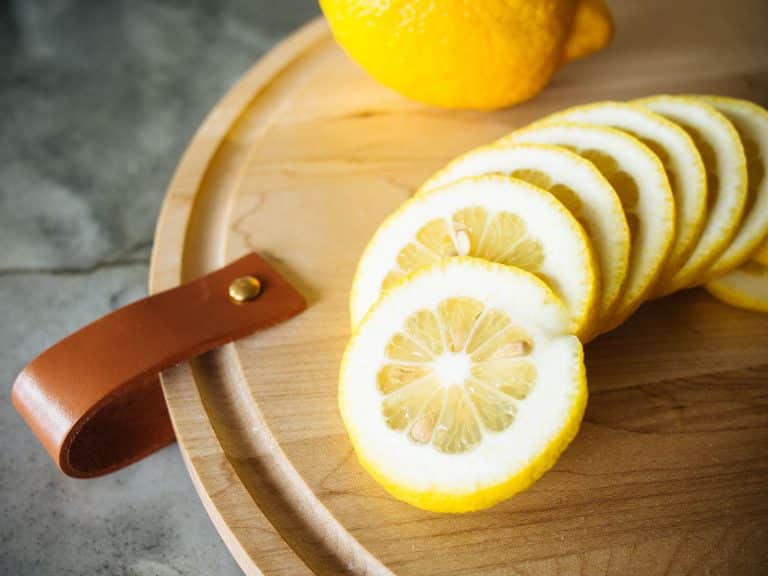

Thanks! Perfect timing as I am trying to get my flowers to rebloom for my daughter’s wedding next month.